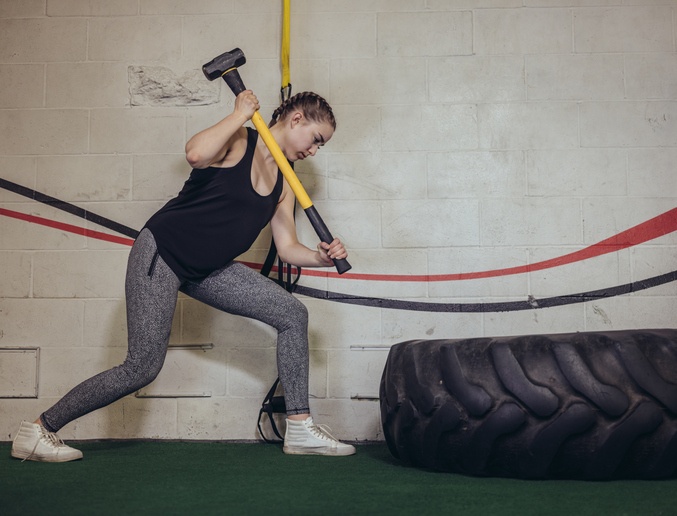 Greetings NIFS friends! Hopefully your New Year’s resolutions are keeping you more active at the gym and less active at the buffet line. All joking aside, getting back to the gym can be challenging, especially if you are not sure what to do when you get there or if you are burnt out on cookie-cutter workouts that are barely working anymore. With that being said, introducing new equipment, ideas, and strategies can be a daunting task. Don’t let that get you down, though, because we are here to rescue your workout!
Greetings NIFS friends! Hopefully your New Year’s resolutions are keeping you more active at the gym and less active at the buffet line. All joking aside, getting back to the gym can be challenging, especially if you are not sure what to do when you get there or if you are burnt out on cookie-cutter workouts that are barely working anymore. With that being said, introducing new equipment, ideas, and strategies can be a daunting task. Don’t let that get you down, though, because we are here to rescue your workout!
Breathing life into your workout can have numerous benefits. Sometimes the benefits allow us to break through plateaus, keep us interested in what we are doing (refocusing our goals), and give us variety (aka “the spice”). Highlighted in this blog are three pieces of equipment that may be overlooked by the simple reason that we just don’t know what it is or what it can do for our body. Without a doubt, just trying these exercises will not only be challenging, but also effective as you strive to reach your fitness goals.
Tire and Sledgehammer Workouts
The tire and sledgehammer workout was derived out of simplicity, necessity, and function. There are two main exercises to consider here, tire flips and sledgehammer strikes. With an optional smaller tire, one does not have to possess the strength of Paul Bunyan to complete this task (but there are bonus points if you do). To flip the tire, first squat low and get your fingers under the edge of the tire. As you stand up, use your legs and drive your body into the tire, leveraging it up on its end. The tire should tip over easily and come to rest square on the ground.
The other exercise is called sledgehammer strikes. This is not much different than chopping wood or driving a railroad spike. Because your goals may not include having the strength of a lumberjack, there are several sledgehammer weight options to choose from, ranging from 8lb to 16lb. Strike directly in the middle of the tire to avoid a glancing strike. Try this in your next workout:
5 tire flips, 20 strikes (10 each side) for 4 sets
Slideboard
The slideboard was designed as a means of training lateral movements as well as developing balance and stability in the lower body and core. If done properly, this exercise can also produce a high-intensity workout all while gliding side to side. As an application, the strength and power developed from this lateral movement translates well to the world of speed skating, where athletes are known for incredible leg strength.
Because the gliding might not feel as natural to everyone, there are other exercises to consider, including Slideboard Hamstring Curls and Slideboard Mountain Climbers. For both exercises, you will need to use the booties to decrease friction (otherwise, the exercises won’t work). For Hamstring Curls, position your body toward the end of the board, with your knees bent and heels on the slick part of the board. Keeping your back flat and head down, raise your hips fully. Finally, extend your legs and return to the starting position. For beginners, this can be done with one leg at a time.
The other exercise, Mountain Climbers, is done by positioning the body at the end of the slide board in an “all-fours” position. With your toes on the slick part of the board, rise up so that your knees are off the ground. At a quick tempo, slide your legs inward, being sure to alternate legs. Additional pushups can add some variety to this movement. Try this in your next workout:
12 Hamstring Curls, 30 seconds of Mountain Climbers x 4 sets
Slosh Pipes
One thing to consider when making workouts: most of the good equipment and exercises have already been invented. The slosh pipe, a unique, homemade piece of equipment, is both odd and beautiful at the same time. It allows us to think and work so far out of the box that everyone can benefit in some way from using it. Basically, a slosh pipe is a PVC tube (3 or 4 inches in diameter and anywhere from 40 to 96 inches long) filled halfway with water and sealed on both ends. The water is meant to slosh around inside the pipe, hence the name Slosh Pipe.
Thinking outside the box, the pipes can be used to develop strength as well as core, balance, and stability. Two exercises to try here include the half-kneeling overhead hold and the walking lunges. The first exercise, the overhead hold, is pretty self-explanatory: find a slosh pipe and hold it over your head for time. The pipe needs to be moderately heavy, but if there is a question about safety, always have a spotter on overhead lifts such as this one. As you hold that weight overhead from a half-kneeling position (one knee up, one knee down), seconds turn into minutes. There is a constant rebalance happening with your core, as water tips one way or the other. Grip strength and overall upper-body strength are challenged as fatigue sets in. Lower the weight back to the floor with the help of a partner.
The other exercise is a walking lunge. This is accomplished by holding the slosh pipe in the crooks of your elbows and performing a walking lunge. The same effects as the overhead hold are prevalent. Try this in your next workout:
45–60-second half-kneeling Overhead Hold, 20 walking lunges x 4 sets
***
As you can see, there are several pieces of equipment at the gym that you may have overlooked. Keep looking; there are more than you think. The NIFS staff of Certified Fitness Professionals strives to give you not only a good workout, but also to introduce you to new exercises and cutting-edge equipment. If you want a new routine to save your resolution from disaster, contact NIFS’ Fitness Rescue to set up a strategy session, testing, and workout.
This blog was written by Thomas Livengood, Health Fitness Instructor and Personal Trainer. To read more about the NIFS bloggers, click here.


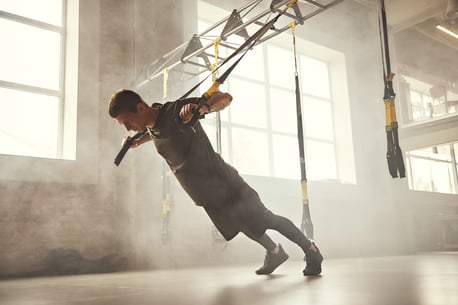 Starting from the ground up might sound like a daunting task, but with
Starting from the ground up might sound like a daunting task, but with 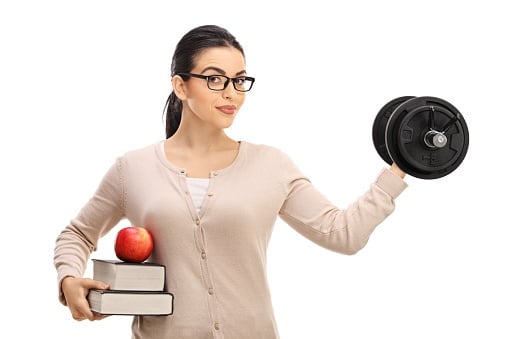 Welcome back to school! Or, if you are new to the college experience, welcome to your first adventure in time management and balancing your life. This not only includes your academics and social life, but other areas that go under the radar as less important. I’m talking about fitness and wellness. College and university fitness centers are usually well populated with individuals with a wide variety of goals ranging from stress reduction to spring break abs, to meeting people.
Welcome back to school! Or, if you are new to the college experience, welcome to your first adventure in time management and balancing your life. This not only includes your academics and social life, but other areas that go under the radar as less important. I’m talking about fitness and wellness. College and university fitness centers are usually well populated with individuals with a wide variety of goals ranging from stress reduction to spring break abs, to meeting people.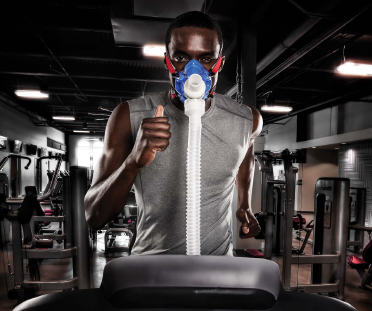 VO2 Max testing is a test to quantify the efficiency of your heart and lungs during exercise. Why is this important? An athlete who wants not only to improve times, but also to see if their training is effective, can find training zones (based on their testing) and progress based on specific training over time.
VO2 Max testing is a test to quantify the efficiency of your heart and lungs during exercise. Why is this important? An athlete who wants not only to improve times, but also to see if their training is effective, can find training zones (based on their testing) and progress based on specific training over time.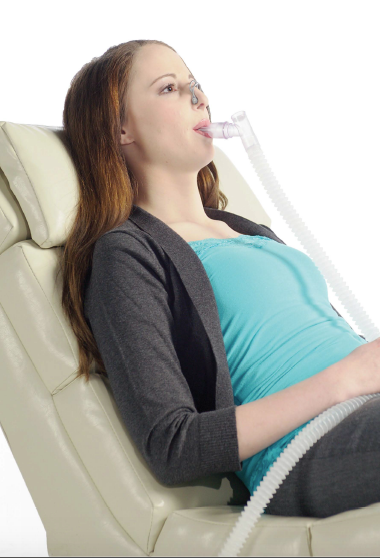 For individuals who want to know how many calories they burn in a day (their metabolism), the RMR test is your main tool to finally take off the blindfold and know exactly how to budget your calories to match your goals, whether it is weight loss or weight gain.
For individuals who want to know how many calories they burn in a day (their metabolism), the RMR test is your main tool to finally take off the blindfold and know exactly how to budget your calories to match your goals, whether it is weight loss or weight gain.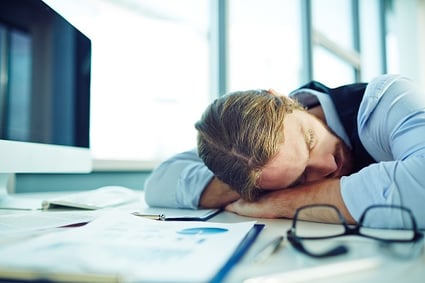 Can you remember preschool when the teacher would turn down the lights and break out the cots? Nap time! You might not have had that exact experience, but as humans we are prone to napping. In our go-go-go life, time is money. To society, sleeping during the day is seen as a luxury that we cannot provide ourselves, and is usually thought of as a sign of laziness.
Can you remember preschool when the teacher would turn down the lights and break out the cots? Nap time! You might not have had that exact experience, but as humans we are prone to napping. In our go-go-go life, time is money. To society, sleeping during the day is seen as a luxury that we cannot provide ourselves, and is usually thought of as a sign of laziness.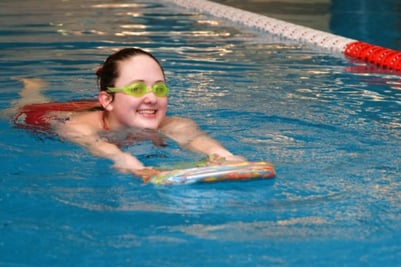 Salutations NIFS friends! Our facility has a partnership that allows members
Salutations NIFS friends! Our facility has a partnership that allows members 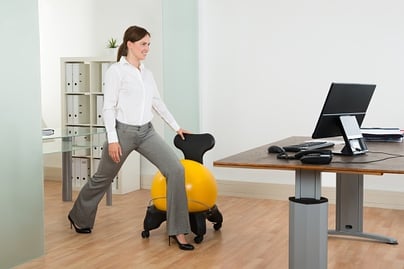 The More You Move, the Healthier You Can Be
The More You Move, the Healthier You Can Be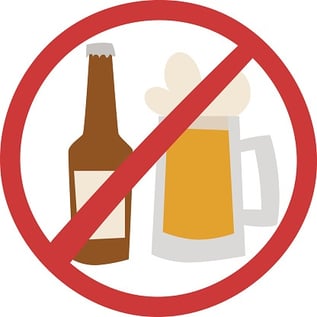 The curiosities of the human body never cease to amaze. Today’s topic is alcohol and its effect on fitness performance. Seems like a fairly straightforward and easy concept to grasp, but just as I find more details there seems to be more head scratching, mostly from the historical aspect and how we have evolved to today’s ideals.
The curiosities of the human body never cease to amaze. Today’s topic is alcohol and its effect on fitness performance. Seems like a fairly straightforward and easy concept to grasp, but just as I find more details there seems to be more head scratching, mostly from the historical aspect and how we have evolved to today’s ideals. 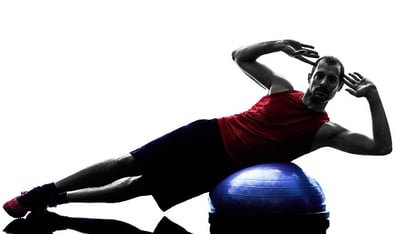 Greetings, NIFS friends. We have passed the midway point in the calendar year 2016, and I hope that you have been successful in meeting some of your yearly goals as well as making new ones. During this time of year, we find outdoor and recreational exercise more readily available and appealing, understandably, and because of this, there is time for the occasional spare moment for yours truly to ponder (by ponder, I mean BLOG!).
Greetings, NIFS friends. We have passed the midway point in the calendar year 2016, and I hope that you have been successful in meeting some of your yearly goals as well as making new ones. During this time of year, we find outdoor and recreational exercise more readily available and appealing, understandably, and because of this, there is time for the occasional spare moment for yours truly to ponder (by ponder, I mean BLOG!). 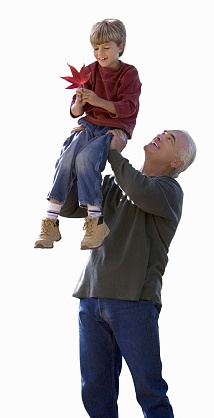 What Is Functional Training?
What Is Functional Training?